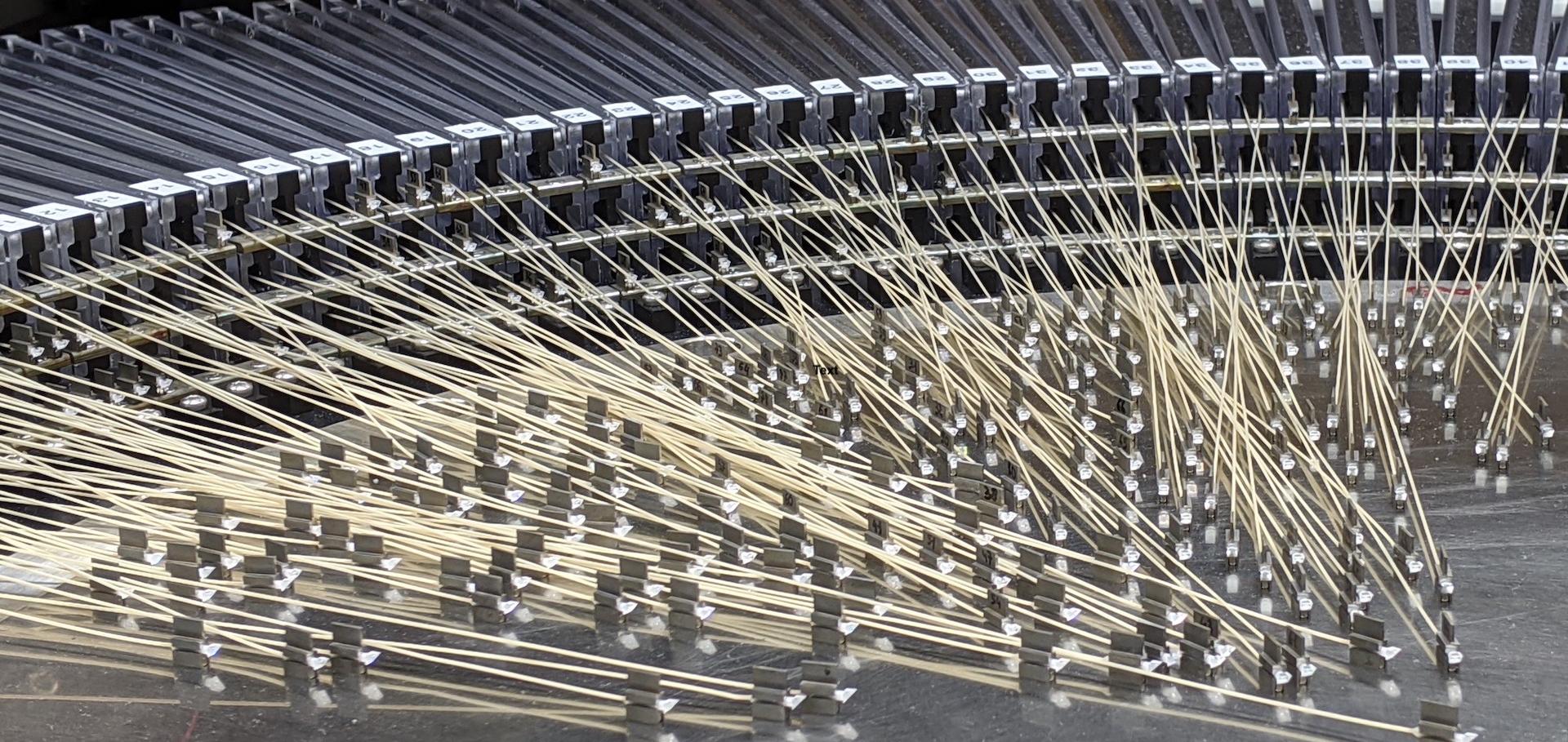The 2dF galaxy redshift survey: Wiener reconstruction of the cosmic web
Monthly Notices of the Royal Astronomical Society 352:3 (2004) 939-960
Abstract:
We reconstruct the underlying density field of the Two-degree Field Galaxy Redshift Survey (2dFGRS) for the redshift range 0.035 < z < 0.200 using the Wiener filtering method. The Wiener filter suppresses shot noise and accounts for selection and incompleteness effects. The method relies on prior knowledge of the 2dF power spectrum of fluctuations and the combination of matter density and bias parameters, however the results are only slightly affected by changes to these parameters. We present maps of the density field. We use a variable smoothing technique with two different effective resolutions: 5 and 10 h-1 Mpc at the median redshift of the survey. We identify all major superclusters and voids in the survey. In particular, we find two large superclusters and two large local voids. The full set of colour maps can be viewed on the World Wide Web at http://www.ast.cam.ac.uk/~pirin.Substructure analysis of selected low-richness 2dFGRS clusters of galaxies
Monthly Notices of the Royal Astronomical Society 352:2 (2004) 605-654
Abstract:
Complementary one-, two- and three-dimensional tests for detecting the presence of substructure in clusters of galaxies are applied to recently obtained data from the 2dF Galaxy Redshift Survey. The sample of 25 clusters used in this study includes 16 clusters not previously investigated for substructure. Substructure is detected at or greater than the 99 per cent confidence level in at least one test for 21 of the 25 clusters studied here. From the results, it appears that low-richness clusters commonly contain subclusters participating in mergers. About half of the clusters have two or more components within 0.5 h-1 Mpc of the cluster centroid, and at least three clusters (Abell 1139, Abell 1663 and Abell S333) exhibit velocity-position characteristics consistent with the presence of possible cluster rotation, shear, or infall dynamics. The geometry of certain features is consistent with influence by the host supercluster environments. In general, our results support the hypothesis that low-richness clusters relax to structureless equilibrium states on very long dynamical time-scales (if at all).The 2dF galaxy redshift survey: The clustering of galaxy groups
Monthly Notices of the Royal Astronomical Society 352:1 (2004) 211-225
Abstract:
We measure the clustering of galaxy groups in the 2dFGRS Percolation-Inferred Galaxy Group (2PIGG) catalogue. The 2PIGG sample has 28 877 groups with at least two members. The clustering amplitude of the full 2PIGG catalogue is weaker than that of 2dFGRS galaxies, in agreement with theoretical predictions. We have subdivided the 2PIGG catalogue into samples that span a factor of ≈ 25 in median total luminosity. Our correlation function measurements span an unprecedented range of clustering strengths, connecting the regimes probed by groups fainter than galaxies and rich clusters. There is a steady increase in clustering strength with group luminosity; the most luminous groups are 10 times more strongly clustered than the full 2PIGG catalogue. We demonstrate that the 2PIGG results are in very good agreement with the clustering of groups expected in the ACDM model.The 2dF Galaxy Redshift Survey: Spherical Harmonics analysis of fluctuations in the final catalogue
(2004)
The 2dF galaxy redshift survey: Hierarchical galaxy clustering
Monthly Notices of the Royal Astronomical Society 351:2 (2004)


